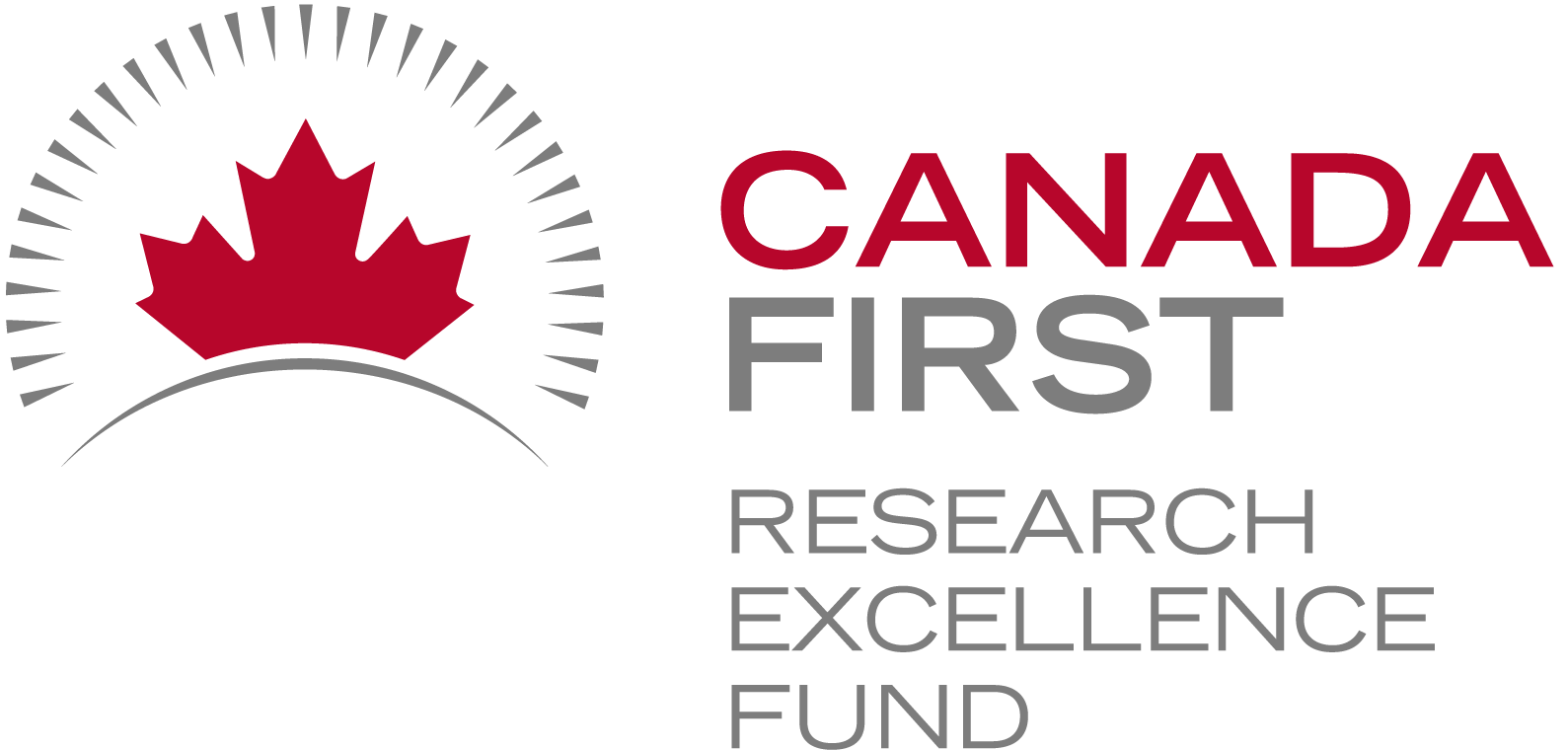
Identifiers and identities
In previous blog posts, we’ve discussed identifiers—specifically, derived identifiers, which are calculated directly from the digital content they represent. The key advantage of a derived identifier is that anyone can verify that the cited content is exactly what was intended. When you use a derived identifier, it ensures that the digital resource is authentic, no matter where it appears.
In contrast, authoritative identifiers work differently. They must be resolved through a trusted service, and you have to rely on that service to ensure the identifier hasn’t been altered and that the target hasn’t changed.
The Limitations of Derived Identifiers
One drawback of derived identifiers is that they only work for content that can be processed to generate a unique digest. Additionally, once an identifier is created, the content can no longer be updated. This can be a challenge when dealing with dynamic content, such as an evolving dataset or a standard that goes through multiple versions.
This brings us to the concept of identity, which goes beyond a simple identifier.
What Does Identity Mean?
Let’s take an example. The Global Alliance for Genomics and Health (GA4GH) publishes a data standard called Phenopackets. In this case Phenopackets is an identifier. Currently, there are two released versions (and two identifiers). However, anyone could create a new schema and call it “Phenopackets v3.” The key question is: is just naming something and giving it an identifier enough to have it be recognized as Phenopackets v3?
A name is not enough, what also matters is whether GA4GH itself releases “Phenopackets v3.” The identifier alone isn’t enough—we care about who endorses it. In this case, identity comes from GA4GH, the governing organization of Phenopackets.
Identity Through Reputation
Identity is established through reputation which is gained in two main ways:
- Transferred reputation – When an official organization (like GA4GH) endorses an identifier, the identity is backed by its authority and reputation.
- Acquired reputation – Even without a governing body, something gains identity via reputation if it becomes widely recognized and trusted.
For example, Bitcoin was created by an anonymous person (or group) using the pseudonym Satoshi Nakamoto—a name that doesn’t link to any legal identity which could grant it some reputation. Yet, the name Satoshi Nakamoto has strong identity via acquired reputation because of Bitcoin’s success and widespread recognition.
The key is that identity isn’t just about an identifier—it’s about who assigns it and why people trust it. To fully capture identity, we need to track not only the identifier but also the authority or reputation behind it.
How Do We Use an Identity?
Right now, we don’t have a universal system for identifying and verifying identity in a structured, machine-readable way. This is because identity is a combination of both an identifier and associated reputation/authority behind the identity and our current systems for identifiers don’t clearly recognize these two aspects of identity. Instead, we rely on indirect methods, like website URLs and domain names, to be a stand-in for the identity authority.
For example, if you want to verify the Phenopackets schema’s identity you would want to search out its associated authority. You might search for the Phenopackets name (the identifier) online or follow a link to its official GitHub repository. But how do you know that the GitHub page is legitimate? To confirm, you would check if the official GA4GH website links to it. Otherwise, anyone could create a GitHub repository and name it Phenopackets. The identifier is not enough, you also need to find the authority associated with the identity.
Another example of how we present the authority behind an identity are the academic journals. When they publish research, they add their reputation and peer-review process to build the reputation and identity of a paper. However, this system has flaws. When researchers cite papers they use DOIs which are specific identifiers of the journal article. The connection between the publication’s DOI to the identity of the paper is not standardized which makes discovery of important changes to the paper such as corrections and retractions challenging. Sometimes when you find the article on the journal webpage you might also find the retraction notice but this doesn’t always happen. This disconnect between identifiers and identity of publications leads to the proliferation of zombie publications which continue to be used even after they have been debunked.
Future Directions
As it stands, we lack effective tools for managing digital identity. This gap creates risks, including identity impersonation and difficulties in tracking updates, corrections, or retractions. Because our current citation system focuses on identifiers without strong linksing them to identity, important information can get lost. Efforts are underway to address these challenges, but we’re still in the early stages of finding solutions.
One early technology to address the growth of an identity has been Decentralized Identifiers (DIDs). We’ll talk more about them later, but they allow an identifier to be assigned to an identity that evolves and is provably under the control of an associated governance authority.
We hope this post has helped clarify the distinction between identifiers and identity which are often entangled — and why finding better ways to assign and verify identity is a problem worth solving.
Written by Carly Huitema



